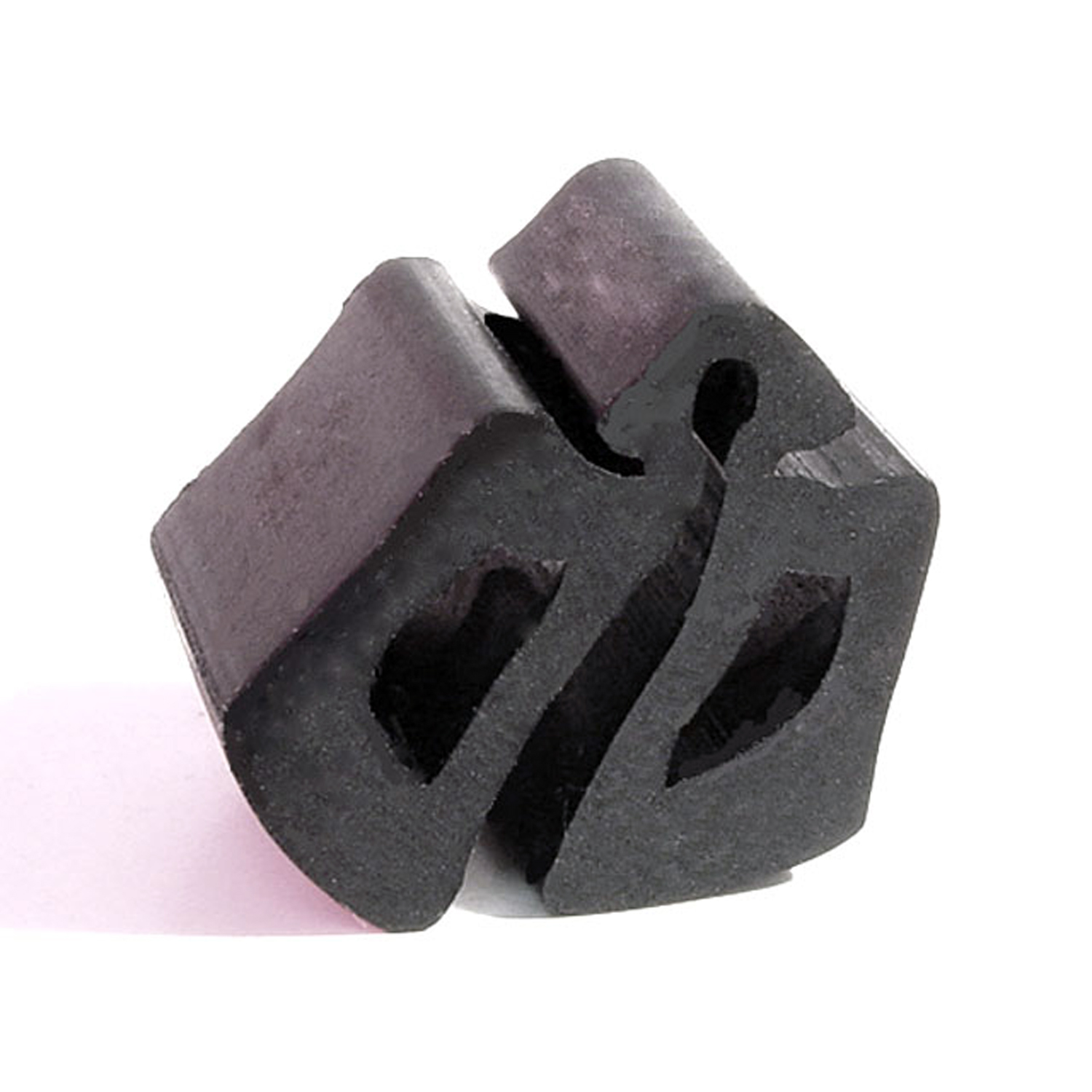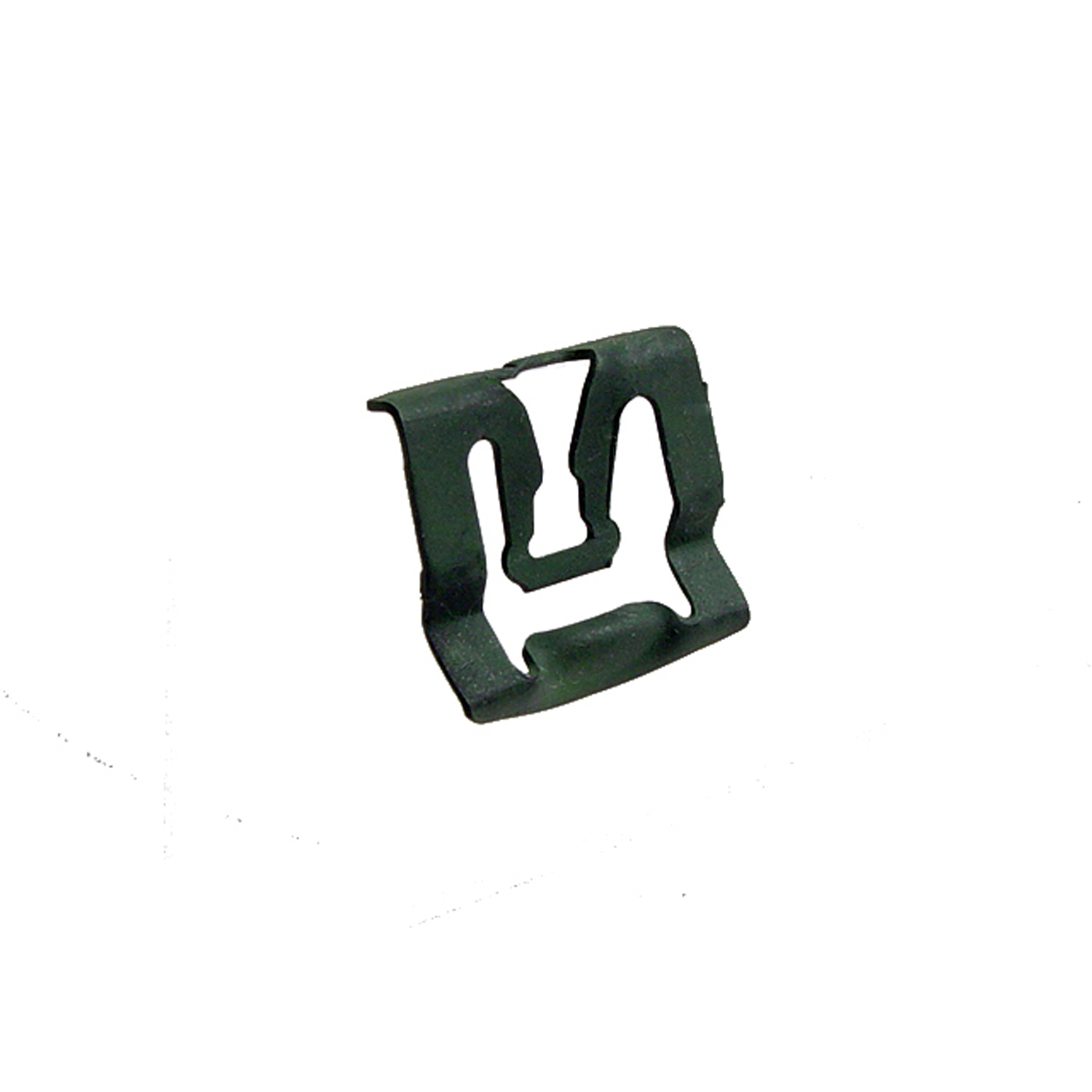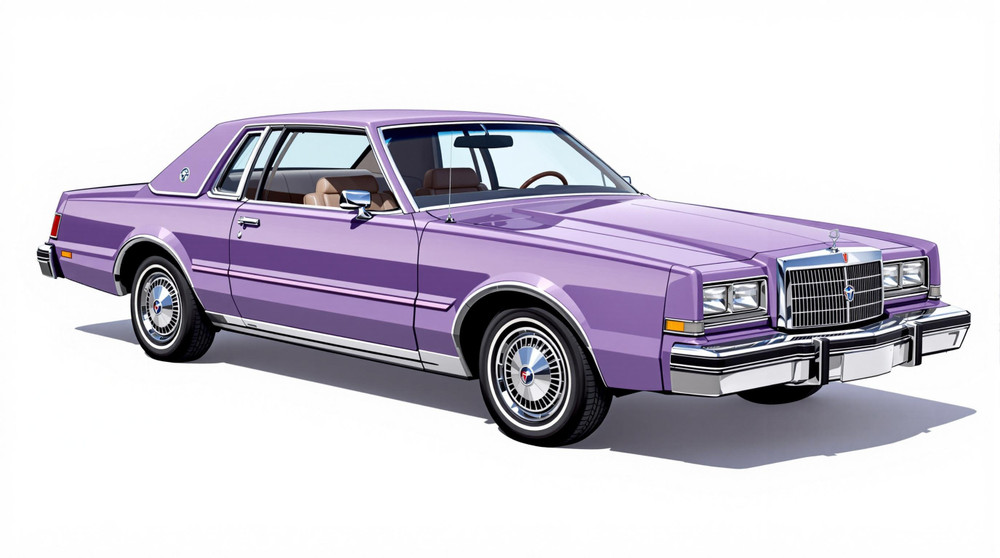Image of 1979 Mercury Zephyr, Note: These illustrations use artistic license and may differ from actual historical models.
Performance Metrics
Fundamental Metrics
Emotional Appeal
MMP Rating
| Engine Specifications | |
|---|---|
| Engine: | 2.3L I4, 3.3L I6, 4.2L V8 |
| Displacement: | 140-255 cu in |
| Horsepower: | 88-139 hp (estimated) |
| Torque: | 118-250 lb-ft (estimated) |
| Compression Ratio: | 8.4:1 - 8.8:1 (estimated) |
| Ignition System: | Electronic |
| Cooling System: | Liquid-cooled |
| Performance Specifications | |
| 0-60 Time: | 11-15 seconds (estimated) |
| 1/4 Mile Time: | 17-20 seconds (estimated) |
| Top Speed: | 100-110 mph (estimated) |
| Transmission and Drive | |
| Drive Type: | Rear-wheel drive |
| Transmission Type: | 3-speed automatic, 4-speed manual |
| Fuel and Efficiency | |
| Fuel System Type: | Carburetor |
| MPG: | 15-20 mpg (estimated) |
| Dimensions and Brakes | |
| Brakes: | Front disc, rear drum |
| Wheelbase: | 105.5 in |
| Weight: | 2800-3200 lbs (estimated) |
Note: Specifications for classic cars are given to the best of our ability, considering the limited and variant data available.
1979 Mercury Zephyr: A Forgotten Gem of the Late '70s
The 1979 Mercury Zephyr is a vehicle that often flies under the radar of classic car enthusiasts, yet it represents a significant chapter in the story of American automotive design. Born from the collaboration between Ford Motor Company and its then-subsidiary Mercury, the Zephyr was introduced as a compact car with an eye on efficiency during a time when fuel economy became paramount. What makes this car particularly intriguing is its shared DNA with the Ford Fairmont, as both were built upon the versatile Fox platform, which later underpinned a variety of models including the iconic Ford Mustang.
Design and Innovation
The exterior styling of the 1979 Mercury Zephyr exuded a certain understated elegance typical of late '70s design. It featured clean lines, a formal grille, and rectangular headlamps that were en vogue at the time. Inside, passengers were greeted with a functional and straightforward cabin. Materials ranged from basic vinyl to plushier options in higher trims. Technologically, the Zephyr wasn't groundbreaking, but it did offer features like optional air conditioning and an AM/FM stereo that were considered luxuries at the time.
Color options for the Zephyr included classic hues such as Bright Red, Medium Blue Glow, and Light Chamois. Among these, more vibrant shades tended to capture buyers' attention. The Zephyr was available in several body styles including a two-door coupe, four-door sedan, and a five-door station wagon. The most iconic variant was arguably the Z-7 coupe model with its sportier appeal.
Historical Significance
The 1979 Mercury Zephyr's impact on automotive design may not be as pronounced as some of its contemporaries, but it played a crucial role in transitioning American car design towards more fuel-efficient and downsized vehicles without completely sacrificing space and comfort. It stood out for its balanced proportions and for being one of the early adopters of the Fox platform's versatility.
Performance and Handling
Performance-wise, the Zephyr's standard engine was a modest 2.3-liter inline-four, but options included a 3.3-liter inline-six or a more powerful 5.0-liter V8. While top speeds and acceleration varied across engine choices, none were particularly sporty by today's standards—the V8 could propel the Zephyr from 0-60 mph in around 10 seconds. Handling was adequate for its class; it managed bumps reasonably well but wasn't designed for high-speed cornering. Drivers often praised the smooth ride and straightforward driving dynamics.
Ownership Experience
The Mercury Zephyr was primarily used as a daily driver due to its practicality and efficiency. Its maintenance and reliability were typical for cars of its era; simple mechanical designs made it relatively easy to work on for average owners. However, parts availability today might pose challenges for restoration enthusiasts.
Fun Facts
A fun fact about the 1979 Mercury Zephyr is that despite its commonality with other Ford models, it never gained the same cult following as some of its platform-mates like the Mustang or Capri. While not known for breaking any significant records or being owned by celebrities, it remains an interesting footnote in automotive history for those who appreciate subtler classics.
Collector's Information
As for collecting, the 1979 Mercury Zephyr is relatively rare today due to attrition over time. Production numbers were substantial since it was marketed as an everyday car; however, exact figures are elusive. In terms of value range, well-preserved examples could fetch anywhere from $5,000 to $15,000 depending on condition and originality—though these numbers can fluctuate based on market interest.
Conclusion
In summary, while the 1979 Mercury Zephyr may not have been a trailblazer in automotive innovation or performance, it encapsulates an era where practicality began to take precedence in American car design. Its connection to the versatile Fox platform adds an interesting layer to its story—one that classic car aficionados can appreciate amidst more celebrated models from that period.
1979 Mercury Zephyr Catalog of Parts
 1979 Mercury Zephyr Hood Bumper. Each-HF 2Hood Bumper. Each
1979 Mercury Zephyr Hood Bumper. Each-HF 2Hood Bumper. Each 1979 Mercury Zephyr Windshield Reveal Molding Clip. Made of steel. Each-WF 228-AWindshield Reveal Molding Clip. Made of steel. Each
1979 Mercury Zephyr Windshield Reveal Molding Clip. Made of steel. Each-WF 228-AWindshield Reveal Molding Clip. Made of steel. EachWhy Choose Metro?
For over 100 years, Metro Moulded Parts has been the pinnacle of quality in classic car restoration parts. Our commitment to precision and authenticity in every component ensures a perfect fit and an OEM-level appearance.
- Expert Craftsmanship & Quality: Each part is a testament to our dedication to reliability and perfection, crafted from original designs and thoroughly tested.
- Advanced Technology: We use cutting-edge techniques to create flawless, long-lasting parts that surpass others in performance.
- SuperSoft Sponge – The Ultimate Door Seal: Not only are our door seals 30% softer than competitors', but they're also guaranteed to never leak. They effectively reduce wind and road noise, enhancing your classic car's comfort and driving experience.
- Proudly American: Our parts are a product of American craftsmanship, made in the USA with a spirit of excellence and heritage.
- Unrivaled Warranty: We back our products with a 30-year industry-leading warranty, a testament to our confidence in their quality.
Join us in preserving the legacy of classic cars with parts that are crafted for perfection, not just made.

